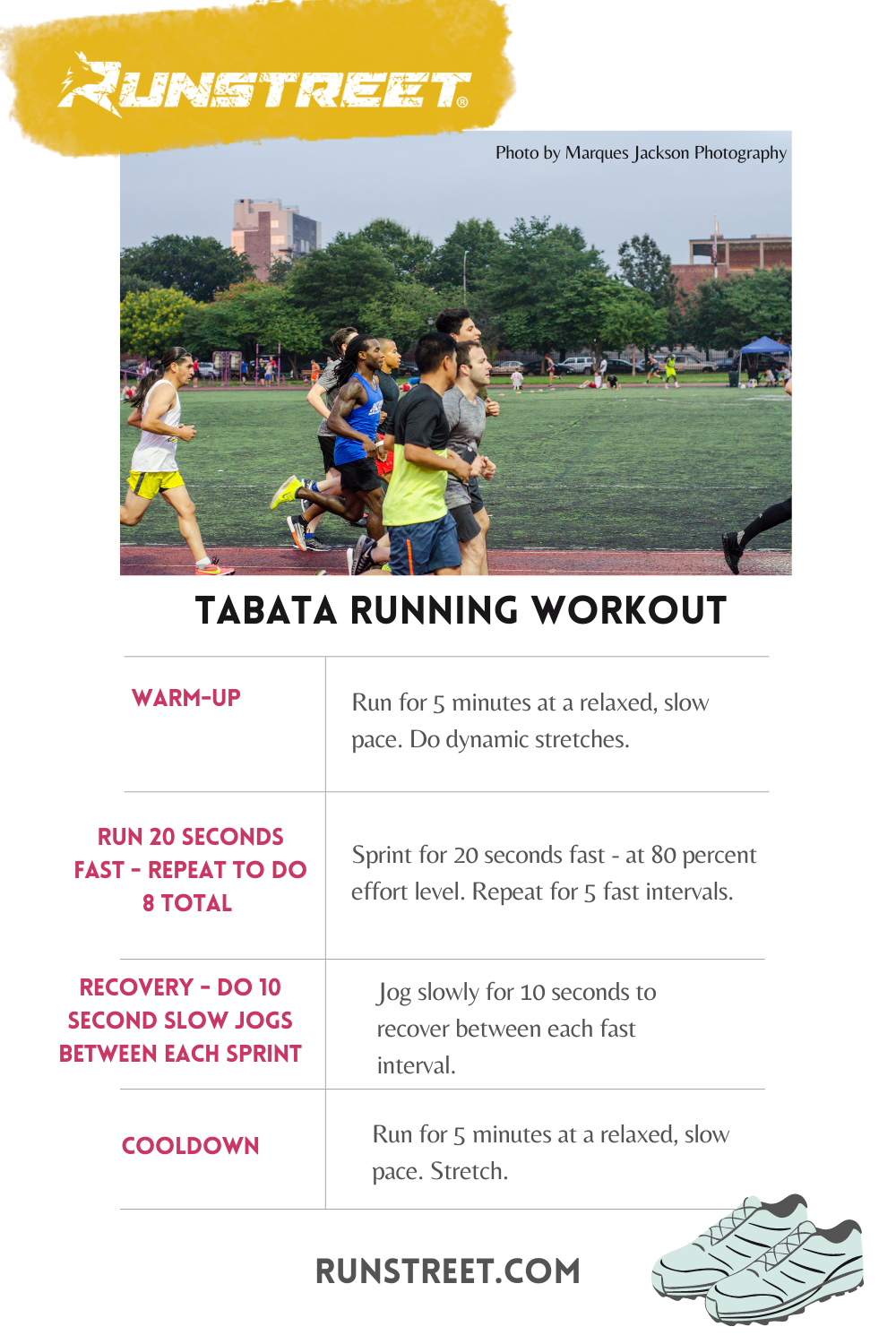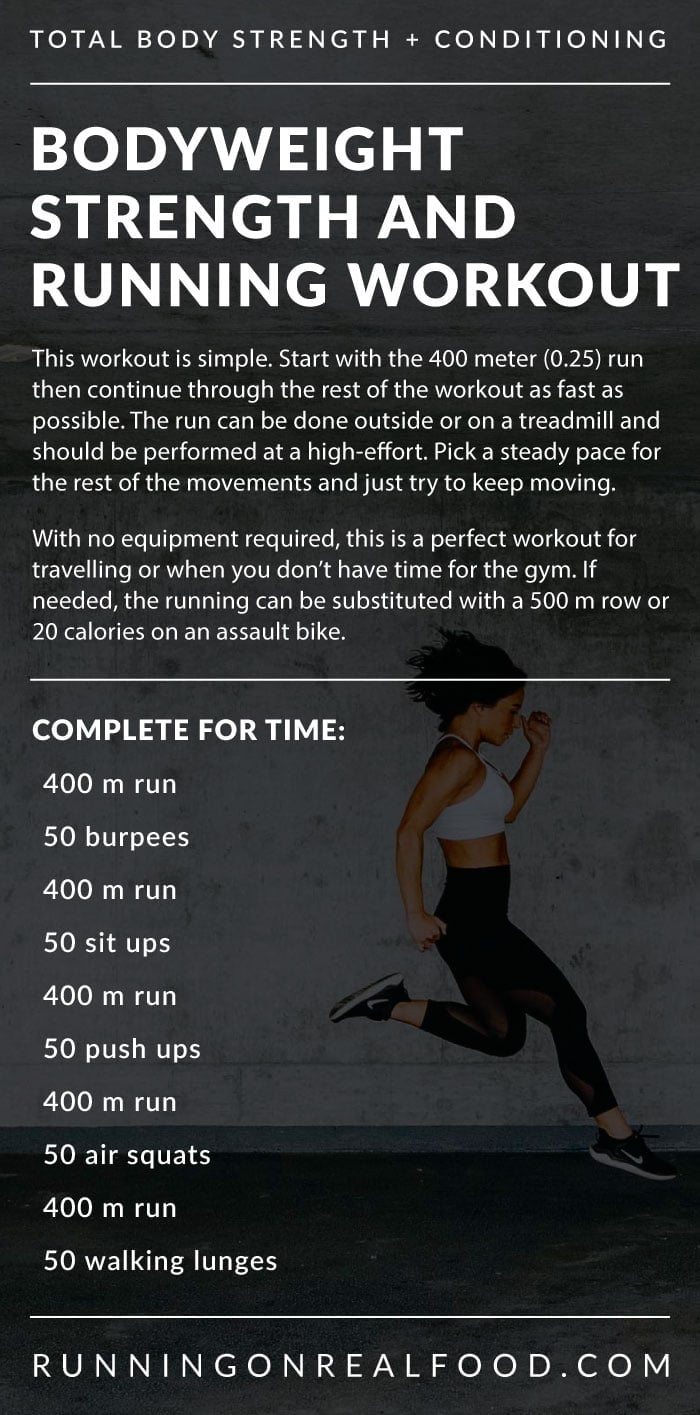Overhaul Your Running Strategy: Tips for Boosted Efficiency
Overhaul Your Running Strategy: Tips for Boosted Efficiency
Blog Article
Just How to Prevent and Take Care Of Pain in Running: Specialist Tips and Recommendations
The quest of that jogger's high can occasionally be prevented by the undesirable buddy of discomfort. There exist proven methods and expert recommendations that can help alleviate and take care of these discomforts, permitting you to focus on the happiness of running itself.
Relevance of Proper Shoes
Appropriate shoes plays a vital role in preventing and managing discomfort for joggers, as it substantially affects their comfort, performance, and total foot health. When it comes to running, wearing the right shoes can make all the difference. Uncomfortable or improper shoes can bring about a host of issues such as blisters, shin splints, plantar fasciitis, and also more serious injuries like stress fractures.
Picking the appropriate operating footwear entails considering factors such as foot kind, gait auto mechanics, running terrain, and individual preferences. Runners with high arches may need even more padding and support, while those with flat feet might gain from stability footwear. Furthermore, recognizing pronation (the inward rolling of the foot) and supination (the outward rolling of the foot) can help in selecting shoes that provide the appropriate level of arch support.
Purchasing quality running footwear that are ideal for your specific demands can aid prevent pain and pain while boosting your running experience. Focusing on correct shoes is not practically performance but also about guarding your foot health and wellness in the future.

Reliable Workout Methods
Footwear selection is just one facet of preparing for an effective run; an additional vital aspect is executing effective workout methods to enhance performance and lower the danger of injury. A dynamic workout regimen before a run helps increase blood circulation to the muscular tissues, enhances flexibility, and boosts the variety of motion of the joints. Dynamic extends like leg swings, high knees, and hip circles are valuable in preparing the body for the physical needs of running. Gradually raising the strength of the warm-up workouts can help turn on the muscles and boost neuromuscular sychronisation.
Along with dynamic stretches, incorporating some light cardio exercises such as jogging or missing rope can even more boost the heart rate and warm up the body. This mix of dynamic extending and light cardio helps loosen limited muscles, lube the joints, and mentally prepares the runner for the upcoming exercise (running strategy). By making warm-ups a constant component of your running routine, you can dramatically decrease the danger of injuries and execute at your best throughout each run
Trick Stretching Exercises
When planning for a run, incorporating crucial stretching exercises is vital to enhance muscle flexibility and stop injuries - Read More. Dynamic stretches such as leg swings, high knees, and hip circles are useful for heating up the muscular tissues and boosting series of motion before a run. These activities help enhance blood circulation, loosen tight muscular tissues, and prepare the body for the activity ahead
Fixed stretches like calf bone stretches, hamstring stretches, and quadriceps stretches ought to comply with a go to aid in muscle mass healing and protect against tightness. Holding each go for 15-30 secs enables the muscle mass to relax and elongate, lowering the risk of post-run soreness and prospective injuries.
In addition, including yoga exercise positions like down pet dog, pigeon posture, and spinal twists can target several muscle mass teams all at once, advertising overall flexibility and strength. Constant stretching routines not only enhance efficiency however likewise assist in preserving excellent running kind and avoiding overuse injuries. Bear in mind, proper extending techniques are critical for a risk-free and delightful running experience.
Healing and Rest Techniques
After completing a run, executing effective recovery and rest strategies is important for making best use of efficiency and decreasing the danger of injuries. One vital element of healing is allowing the body time to relax and fix itself. Appropriate sleep is critical as it is during remainder that muscular tissues recuperate and grow navigate to these guys stronger. In addition, integrating remainder days into your training timetable is crucial to avoid overuse injuries and burnout.
Energetic recuperation methods such as mild extending, foam rolling, and yoga exercise can assist enhance flow, reduce muscle mass discomfort, and improve flexibility. It is also valuable to focus on hydration and nutrition post-run to restore electrolytes, glycogen stores, and promote muscular tissue recuperation.
Cross-training tasks like swimming or cycling can give a break from the recurring influence of running while still maintaining cardiovascular physical fitness - running strategy. Paying attention to your body and identifying when it needs a break is key to avoiding persistent injuries and making sure lasting running success. Bear in mind, remainder is not an indicator of weak point yet an essential element of a well-shaped training routine
Cross-Training Conveniences

Additionally, cross-training aids in preventing psychological exhaustion by adding variety to your exercise routine, maintaining you determined and engaged in your fitness trip. It enables you to service various aspects of health and fitness that might not be targeted entirely with running, resulting in a more well balanced and well-rounded professional athlete. Additionally, cross-training can aid enhance running efficiency by resolving muscular inequalities and weaknesses that might impede efficiency. Generally, integrating cross-training into your regimen can cause improved endurance, rate, and overall athletic efficiency while decreasing the chance of injury.
Verdict
Finally, appropriate shoes, warm-up methods, extending exercises, recovery methods, and cross-training are essential elements in protecting against and managing pain in running. By integrating these techniques right into your routine, you can reduce the danger of injury and pain while taking full advantage of efficiency and satisfaction of the sporting activity. Read More. Keep in mind to pay attention to your body, focus on remainder and recuperation, and seek professional assistance when required to make certain a safe and effective running experience
Report this page